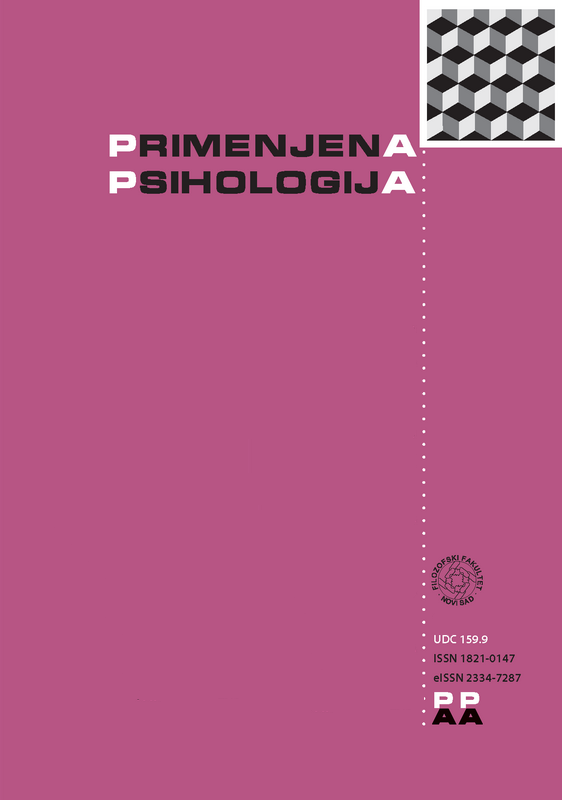DETECTION OF DECEPTION BASED ON THE CONTENT ANALYSIS
DOI:
https://doi.org/10.19090/pp.2013.1.23-43Keywords:
deception, verbal indicators, content analysis, semantic verification taskAbstract
The main purpose of this quasi-experimental research was to explorethe veracity assessment of statements based on observations ofcertain verbal behaviors that usually accompany deception. The sampleincluded 80 participants (63 men and 17 women, aged 21–24 years),all students of the Criminal Police Academy, divided into an experimentaland a control group. The experimental group received a lecture onverbal behavior as an important clue for assessing true statements whilecontrol group did not. Participants were given a semantic verificationtask, in which they watched 10 video recordings of subjects presenting5 true and 5 false statements. They were then asked to verify subjects’testimonies and to estimate the frequency of the occurrence of 10behavioral indicators. Verbal behaviors were chosen based on findingsof previous studies (Steller & Kohnken, 1989; Vrij, 2008).
The results of Mann–Whitney test showed that training improved theability to recognize deception. Experimental group achieved significantlyhigher success in estimating an overall accuracy of statements (z = -2.71,p < .01), negative predictive power (z = -4.29, p < .01), sensitivity(z = -2.00, p < .05) and specificity (z = -4.25, p < .01). Successfulevaluation of a false statement was dependent on an ability to recognizethe presence of time lags and long answers, or decreased recognitionof the negative and detailed statements. Successful assessment of truestatements was higher if respondents perceived logical structure lessfrequently. Results are in accordance with Undeutsch’s hypothesis andcognitive load.







